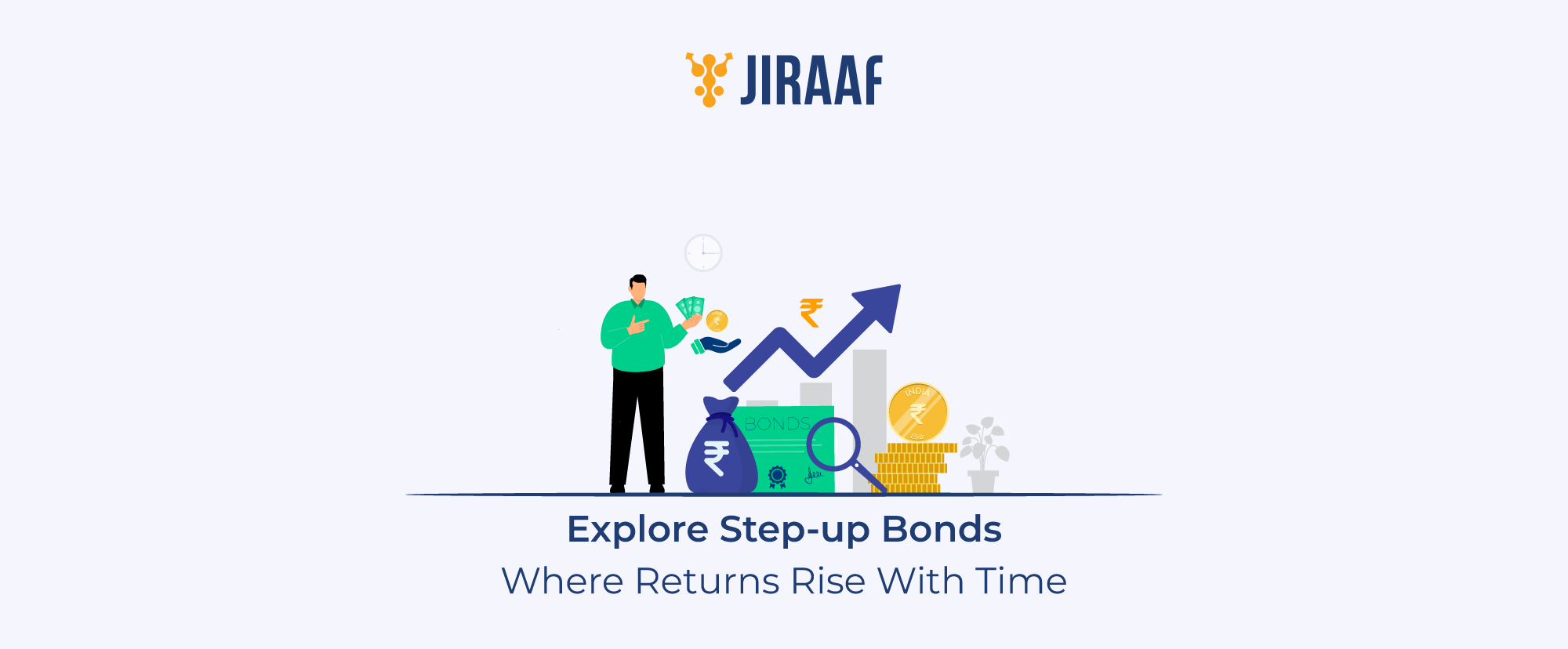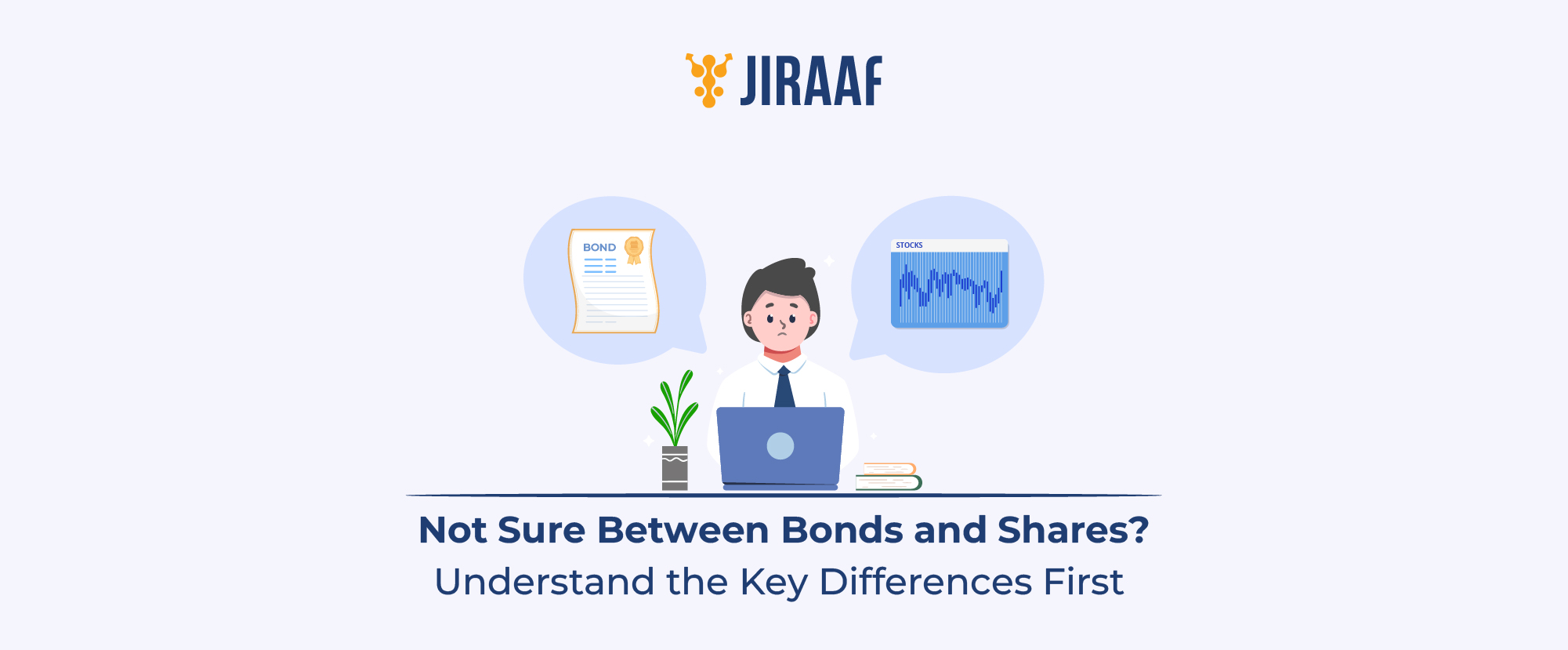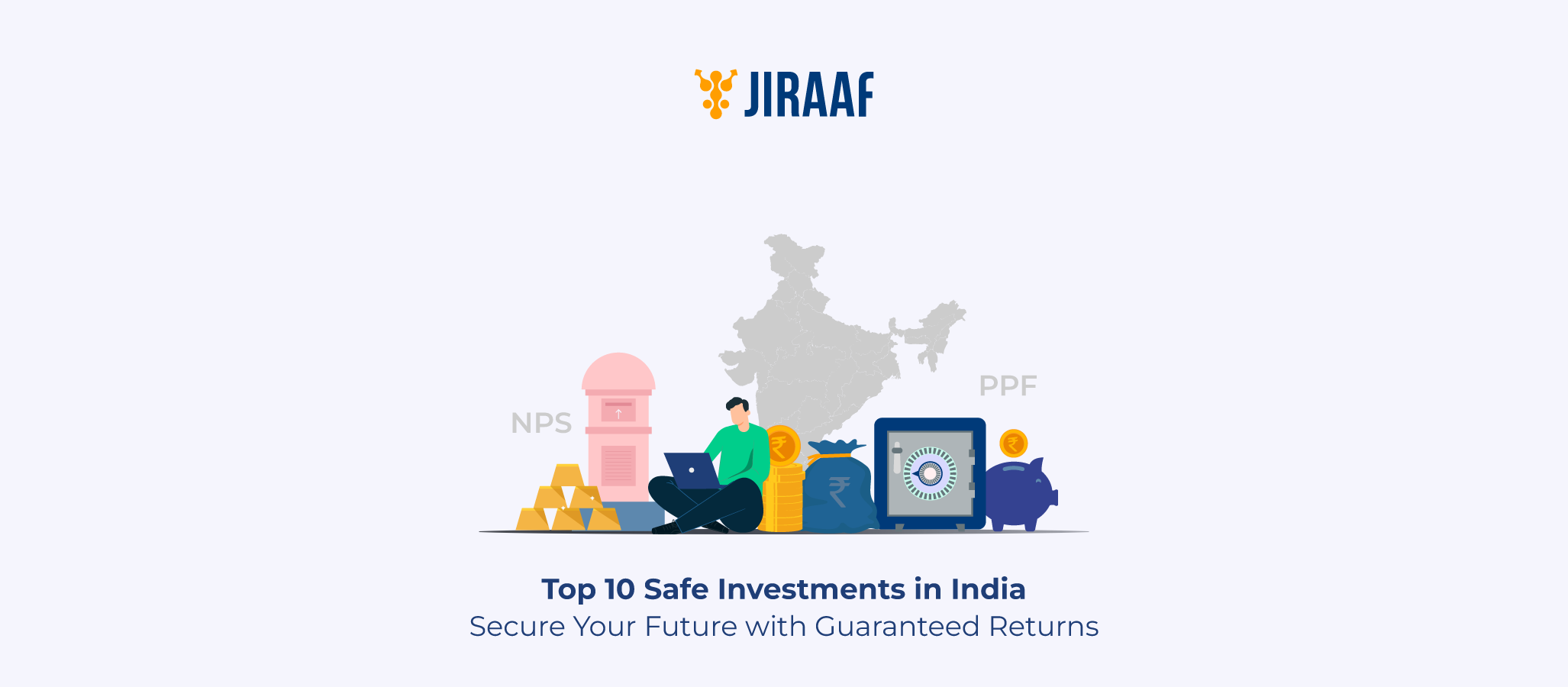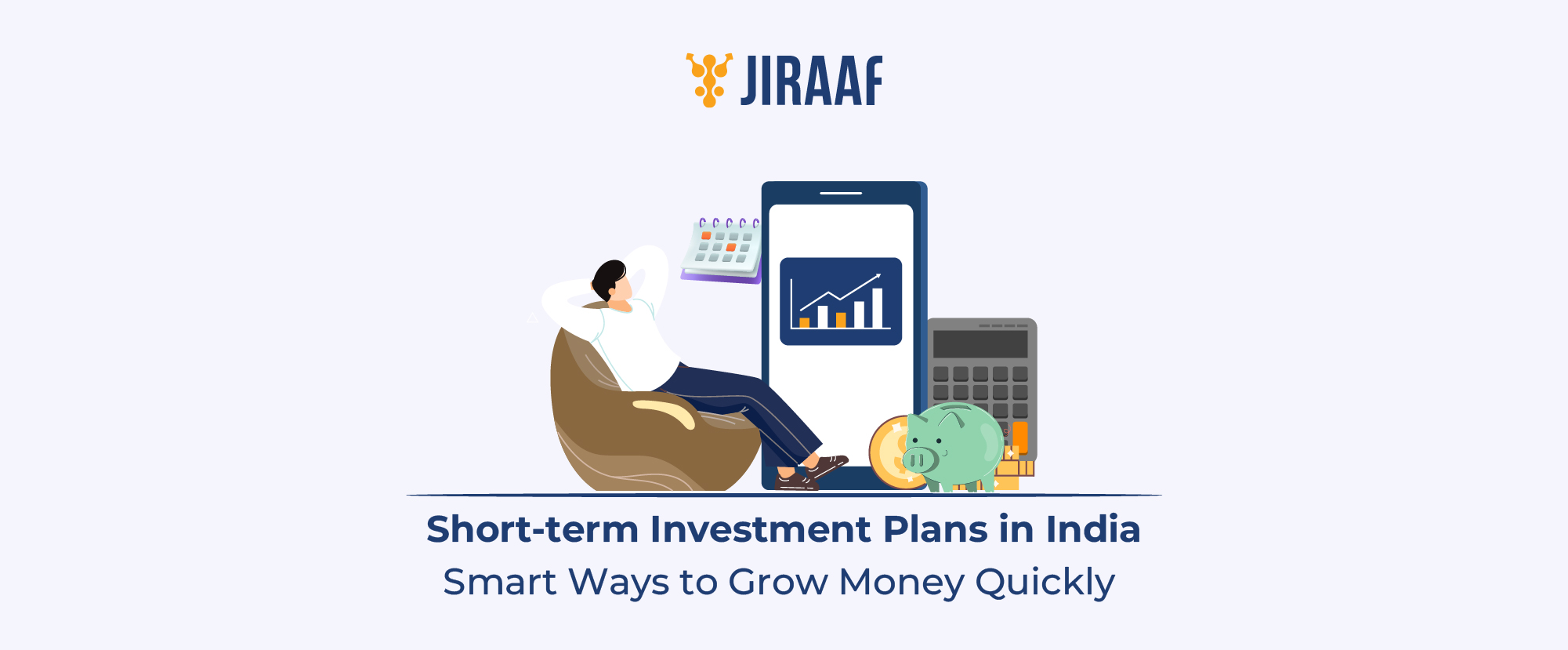If you’ve ever read headlines about an “inverted yield curve,” chances are you’ve heard the word “recession” not long after, leading the financial world into a tizzy. The term has a significant signaling impact in the world of economics and investing.
An inverted yield curve is a red blip on economists’ dashboards, signaling an impending economic slowdown in the months to come. It’s also a psychological reflection of how people perceive the country’s economic future.
Let’s explore how the inverted yield curve works, how economists and investors perceive its movement, and why it might not be as straightforward as it seems. This blog will help you decode the signals presented by an inverted yield curve, the economic situations that led to yield curve inversion, and how the inversion of the yield curve can impact a country’s debt market.
Understanding Inverted Yield Curves: A Quick Refresher
A yield curve illustrates the difference in interest rates between short-term and long-term government bonds.
Typically, long-term bonds offer higher yields compared to short-term bonds because longer tenure means higher exposure to inflation risk, economic uncertainty, and credit risk. However, sometimes short-term bond yields surpass long-term yields, resulting in an inversion of the status quo. This leads to an inversion in the lead curve, meaning the usually upward-sloping curve will start sloping downward. The normal and inverted yield curves are depicted in the image below.

The yield curve inversion often signals that investors are concerned about the country’s near-term economic health and thus begin moving money into long-term debt instruments, which pushes demand and, in turn, drives down the yields of long-term bonds.
Meanwhile, short-term yields may remain elevated due to central bank policies or concerns about inflation.
Investors and financial pundits view an inverted yield curve as a key economic indicator of a country’s future prospects. The yield curve inversion has preceded nearly every U.S. recession since the 1950s. As the saying goes, when the US sneezes, the world catches a cold. This means the world as a whole keeps a close eye on the US yield curve to anticipate whether a US economic slowdown is on the horizon.
Here are some real-world examples from the recent past where a recession followed the inverted yield curve in the US:
- 2006–2007: The U.S. yield curve inverted, and many dismissed it. A year later, the Great Recession hit.
- 2000: The yield curve flipped before the dot-com bubble burst.
- 2019: Another inversion sparked concerns. A recession followed in 2020, triggered mainly by the pandemic.
The behavioral finance aspect of an inverted yield curve provides a deep insight into how investors think and react to the broader economic phenomenon of unstable economic times.
Note: It is essential to understand the fact that the economic and signaling impact of an inverted yield curve is typically observed for government securities (G-secs) and not corporate fixed-income securities. Additionally, when media reports discuss yield curve inversions, it is most often the US Treasury yield curve that is being referenced.
The Role of Investor Psychology in Interpreting Yield Curve Movements
Data and investor sentiments shape the market movement. The interpretation of data shapes the investor’s perception, including fear and greed, which in turn drive the market.
Fear, Uncertainty, and the “Flight to Safety”
Economies function in cycles. Periods of healthy growth and controlled inflation will be followed by periods of increasing inflation and slowing growth. The financial media speculates extensively about economic data, including employment rates and inflation rates.
When news headlines show slower growth, rising unemployment, or geopolitical instability, investors often respond emotionally. This collective anxiety fuels a “flight to safety,” where market participants shift capital into long-term U.S. Treasuries, perceived as among the safest assets globally.
Human emotions directly impact the shape of the yield curve, as the fear of uncertainty in the near furure drives investors to shift from short-term to long-term debt, leading to a surge in demand for long-term bonds, which increases their prices and lowers the yields. If short-term yields remain high due to Federal Reserve policy or inflation expectations, the yield curve inverts. This pattern reflects not only economic forecasts but also investor anxiety.
Risk Aversion and Its Effect on Bond Buying Behavior
Government bonds rank low in the hierarchy of risk. Additionally, government bonds are held by numerous institutional investors, including pension funds and insurance companies. These investors are known for their preference for certainty.
Risk-averse institutional investors tend to adjust their allocations as they collectively flee to safety, driving yields further down and solidifying the inverted status of the yield curve. Thus, the inverted yield curve becomes a psychological indicator, showcasing not just the economic outlook but also the investor sentiment.
While an inverted yield curve ignites the flight-to-safety sentiment among risk-averse investors, it has the exact opposite impact on the risk-seeking investors. The inversion leads to a rise in speculative trading. Let’s see how debt traders interpret an inverted yield curve.
Speculative Trading: Amplifying Market Volatility
An inverted yield curve is a risk-averse investor’s nightmare and a speculative debt trader’s gold mine. Traders engage in speculative trading, which exacerbates volatility and influences bond market dynamics. Here is how speculators are expected to react to the yield curve inversion.
How Traders React to Inverted Curves
Investors avoid volatility, while traders thrive on it. Traders view an inverted yield curve as a green signal to benefit from market volatility. This is because the impact of an inverted yield curve extends beyond the debt market. All asset classes can feel the effect as it points towards portfolio rebalancing to create a recession-immune portfolio.
Treasury investors will likely shift towards long-term treasuries, while corporate debt investors may move to higher-rated papers. Equity markets are expected to experience outflows, as both retail and institutional investors shift towards safer asset classes, such as debt instruments and gold.
The flight from risk-on assets enables traders to execute various trading strategies, including shorting, options trading, and interest rate swaps. However, these actions can reinforce the belief that more challenging economic times lie ahead, causing the market to correct further.
Feedback Loops and Self-Fulfilling Expectations
Increased volatility can lead to increased trading from professional institutional traders. The increasing trading volumes, in turn, may act as a catalyst for the impending recession as businesses might start adjusting their spending and hiring to prepare for an economic downturn.
This is a feedback loop: perception drives action, influencing economic reality. The inverted yield curve can prove to be a self-fulfilling prophecy, both reflecting current sentiment and serving as a catalyst for future outcomes.
While a yield curve inversion has proven accurate in some instances in the past, for an investor, it is essential to note that not all yield curve inversions have led to a recession. In a few cases, timely action by the central bank has been able to delay or mitigate a recession, despite a brief period of an inverted yield curve.
Yield Curve Inversion in India
The Indian bond market in 2022-2023 experienced a yield curve inversion, with the yield on the 364-day treasury bill rising to 7.48%, surpassing the yield on the 10-year government bond.
The inversion was driven by the Reserve Bank of India’s aggressive interest rate hikes aimed at curbing inflation. While the short-term yield climbed rapidly, the long-term yields remained steady, reflecting market expectations of an impending economic slowdown.
However, unlike the US Treasury yield curve inversion, the India yield curve inversion is not seen as a sign of an impending recession. Interpreting the inversion of the Indian yield curve requires caution and a nuanced understanding of the Indian debt market.
The Indian treasury market, though exceeding $2 trillion in value, still lacks the depth and liquidity enjoyed by developed economies such as the US. The lack of liquidity makes the market susceptible to price distortions, as holdings can be concentrated among a few influential institutional investors, as well as some foreign portfolio investors.
While the yield curve inversion may not signal a recession in India, it does signal potential economic headwinds and a possible concern of a cash crunch in the economy due to increased borrowing costs. For investors and policymakers, this is a prompt to monitor economic indicators and adjust their strategies closely.
What Inverted Yield Curves Tell Us Beyond Economics
Investors view an inverted yield curve as more than just a technical indicator. This is because it is a forward indicator, providing an indication of collective investor expectations and sentiments. While it traditionally signals concerns about economic slowdown or recession, its roots lie deep within investor psychology and behavioural finance.
The curve inversion suggests tough economic times ahead, and the investor actions are not always data-driven. For investors, it may be a matter of sentiment. Investors, driven by fear or caution, rush to lock in long-term returns, pushing down those yields. At the same time, rising short-term yields reflect immediate anxiety and a demand for higher compensation to hold riskier short-term assets.
This behaviour aligns with key principles of behavioural finance, including loss aversion, herd behaviour, and overreaction. Investors don’t always act rationally—news cycles, peer actions, and emotional biases can influence their decisions. The fear of a recession can lead to pullbacks in spending and investment, increasing the likelihood of a slowdown.
In essence, inverted yield curves reveal not only market mechanics but also the market’s mood. They remind us that markets are made up of people, whose decisions are often as emotional as they are rational.
Is the Inverted Yield Curve a Foolproof Indicator
The yield curve is classified as a leading indicator, meaning it tends to invert before the shift in the economic trends becomes evident.
While it inversion in the US has successfully signaled a recession in the past, there have also been instances where the inversion has not led to a recession. It is not infallible; its predictive powers depend on the context, interpretation, and the central bank’s policy response post the inversion.
Examples of false positives from the past:
- 1966: The yield curve inverted, but the U.S. economy slowed instead of entering a full recession. Quick action by the Federal Reserve helped prevent a downturn.
- 1998: An inversion occurred during a period of global financial stress, including the Russian debt crisis. However, the economy rebounded, thanks in part to the Fed’s intervention.
As a retail investor, you should treat all news headlines around the US yield curve inversion with caution. The information regarding the yield curve movement should be supported by central bank policy responses, as well as economic data such as inflation, job growth, and geopolitical tensions, to provide a comprehensive picture of the country’s economic scenario. Reading the yield curve in isolation may not provide a comprehensive picture.
Final Thoughts: Reading Between the Yield Curves
The yield curve is a powerful indicator, but it is not a sure sign of an impending recession.
Economic data, investor behavior, risk aversion, and geopolitical tensions all play a part in shaping the yield curve. It’s not just about numbers—it’s about sentiment.
As an investor, it’s wise to stay informed, examine multiple indicators, and avoid jumping to conclusions based solely on one chart. Because while the yield curve can be a useful compass, it’s not always the final destination.
Discover fixed income investments with Jiraaf, a SEBI registered online bonds platform that educates and brings access to a wide array of bonds. Sign up today to explore diversified fixed income investment opportunities to support your goal-based wealth creation journey. Start investing!









